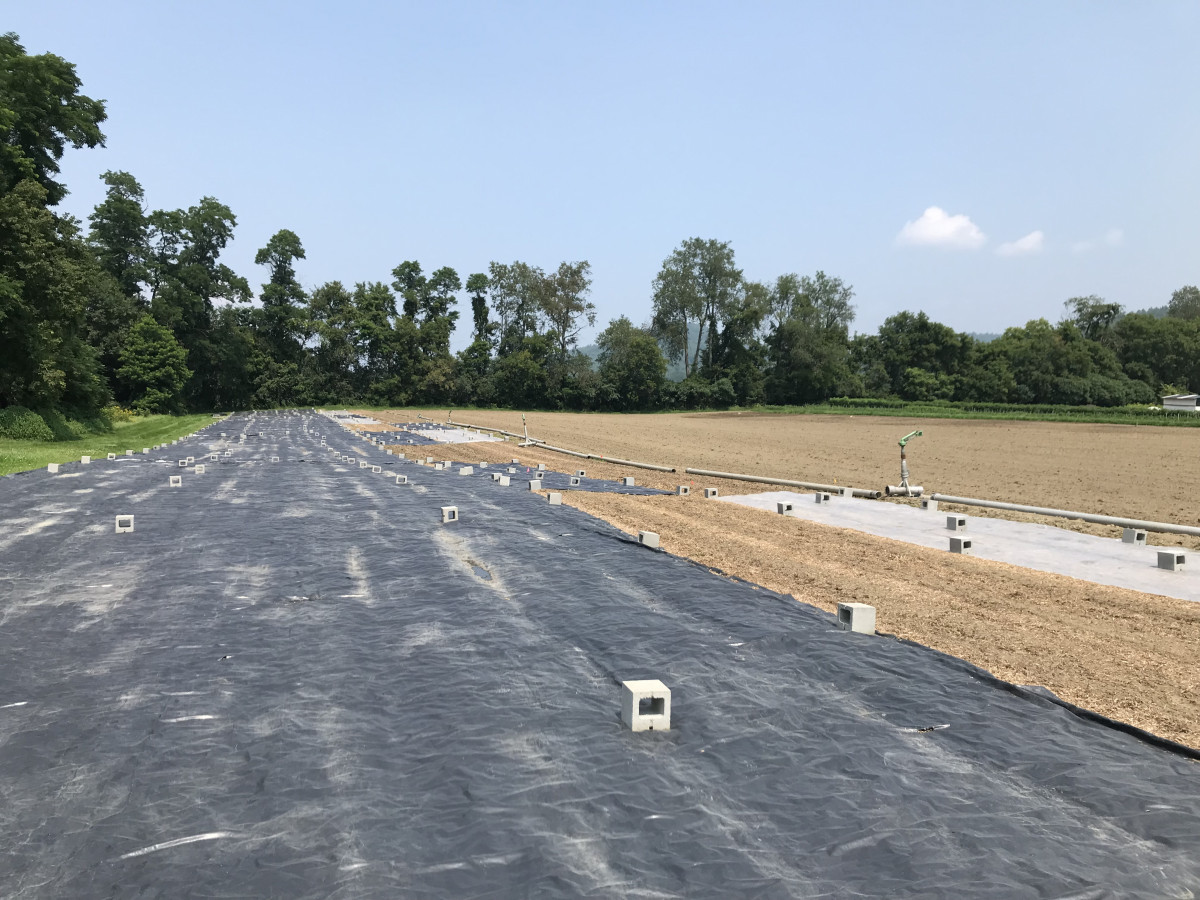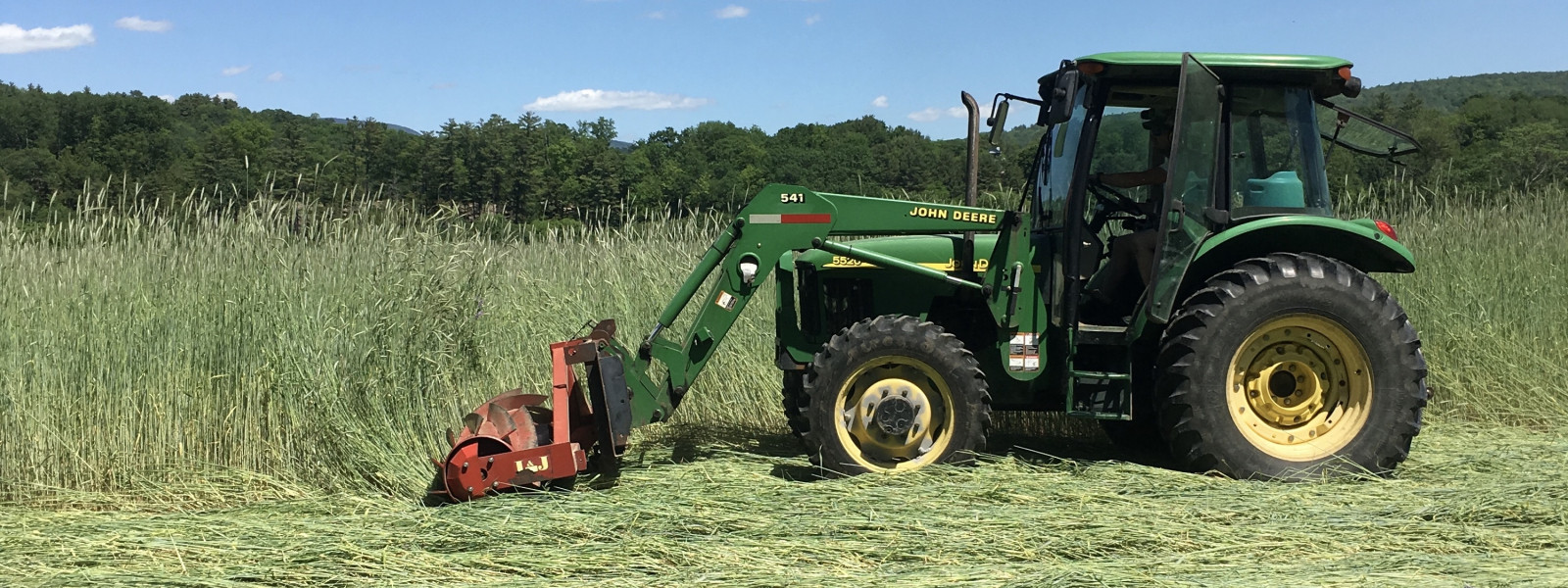An R&D Update
Cedar Circle Farm made a commitment early in its existence to explore ways in which the Farm’s carbon footprint could be lowered and how more carbon could be put back into our soils from the atmosphere. Farm equipment was converted to electric and a solar array was installed to address the carbon emissions that the Farm was putting into the atmosphere, but we found that we had not adequately addressed the comprehensive health of our soils or our loss of carbon from excessive tilling.
Our team researched regenerative agriculture techniques, and we have begun to use regenerative methods in our certified organic fields. Regenerative agriculture leads to healthy soil, and healthy soil can act as a carbon sink, a reservoir of carbon that has been pulled out of the atmosphere. As life in the soil flourishes, the amount of carbon pulled from the atmosphere to support life underground increases. The soil then becomes a more and more powerful carbon sink, keeping increasing amounts of carbon out of the atmosphere. Moving forward, our commitment is to transition to the use of regenerative, organic methods on as much of our certified organic farm as possible. Our goals are to increase soil health, improve biodiversity in the soil, enhance the carbon flow, produce more nutritious food, and reduce production costs.

Our research and development department is an integral part of this transition. This growing season we received a grant from Northeast SARE (Sustainable Agriculture, Research and Education) to investigate the effects of different tarping techniques on soil health and the soil ecosystem.
We use tarps in place of tillage to terminate cover crops in our no-till fields. We are also trialing the use of clear plastic tarps vs. black plastic tarps vs. shallow-tillage to determine which is the most effective.
As we develop these practices we are continuing to trial no-till strawberries. We are also observing the success between no-till dry beans, zone-till dry beans, and intercropped dry beans.







